1,577 days, 2,409 entries ...
Newsticker, link list, time machine: HOLO.mg/stream logs emerging trajectories in art, science, technology, and culture––every day
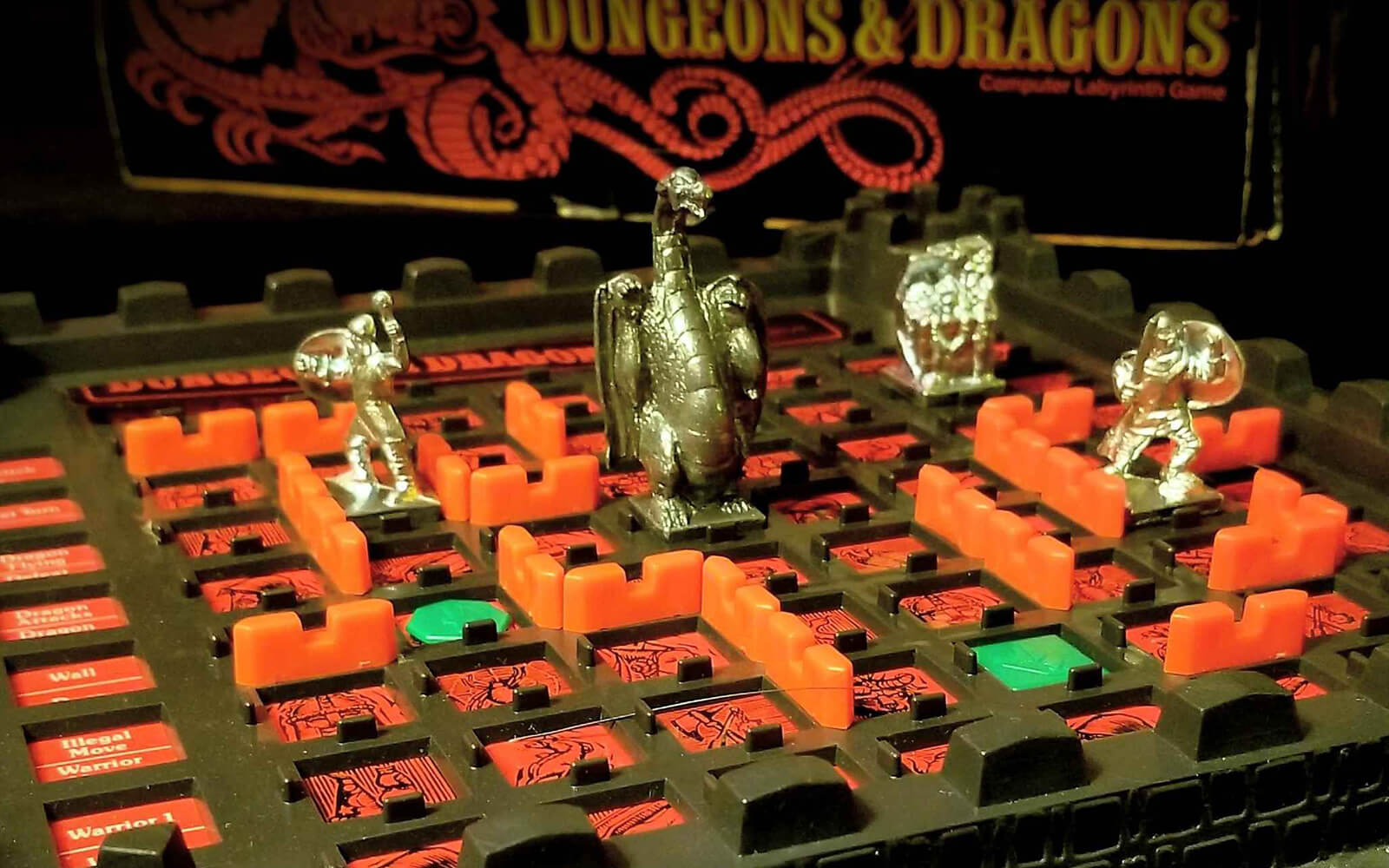
“DO COMPUTERS WORRY YOU,” an exhibition of recent work by Canadian artist Matt Nish-Lapidus opens at Toronto’s Collision Gallery. Presented alongside “Greenlight: Carlaw,” a companion exhibition by Simon Fuh, Nish-Lapidus deploys assemblies of custom networks and Printed Circuit Boards (PCBs) combining “industrial and domestic materials, found texts, and bespoke algorithms” into a materialized polemic for more poetic (and personal) modes of computation.
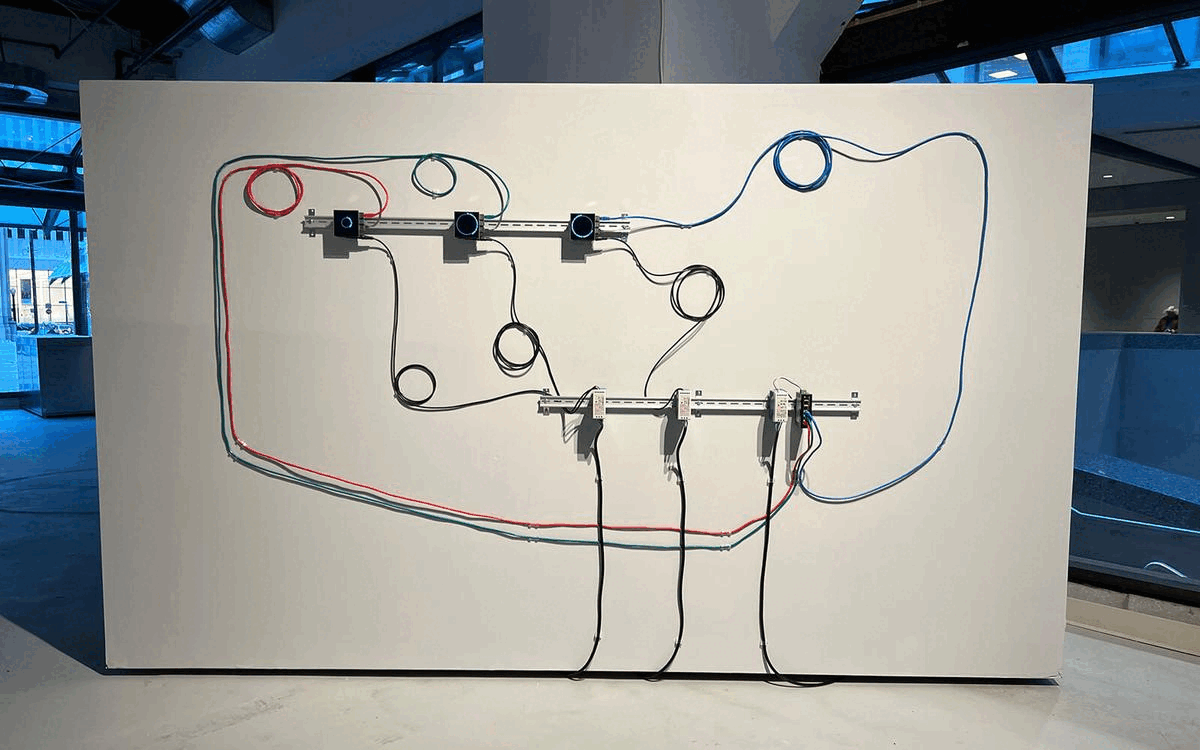
The first retrospective of the late German artist’s five decade career, “Walter Giers: Electronic Art” opens at ZKM Karlsruhe. Initially producing kinetic and op art, Giers began referring to his works as elektronische spielobjekte (electronic playthings) in 1974. The show offers a broad survey of his light and sound sculptures, and his signature exposed circuits (image: Kunst Macht Nature, 1979), which let viewers get up close and personal with the materiality of electronics.
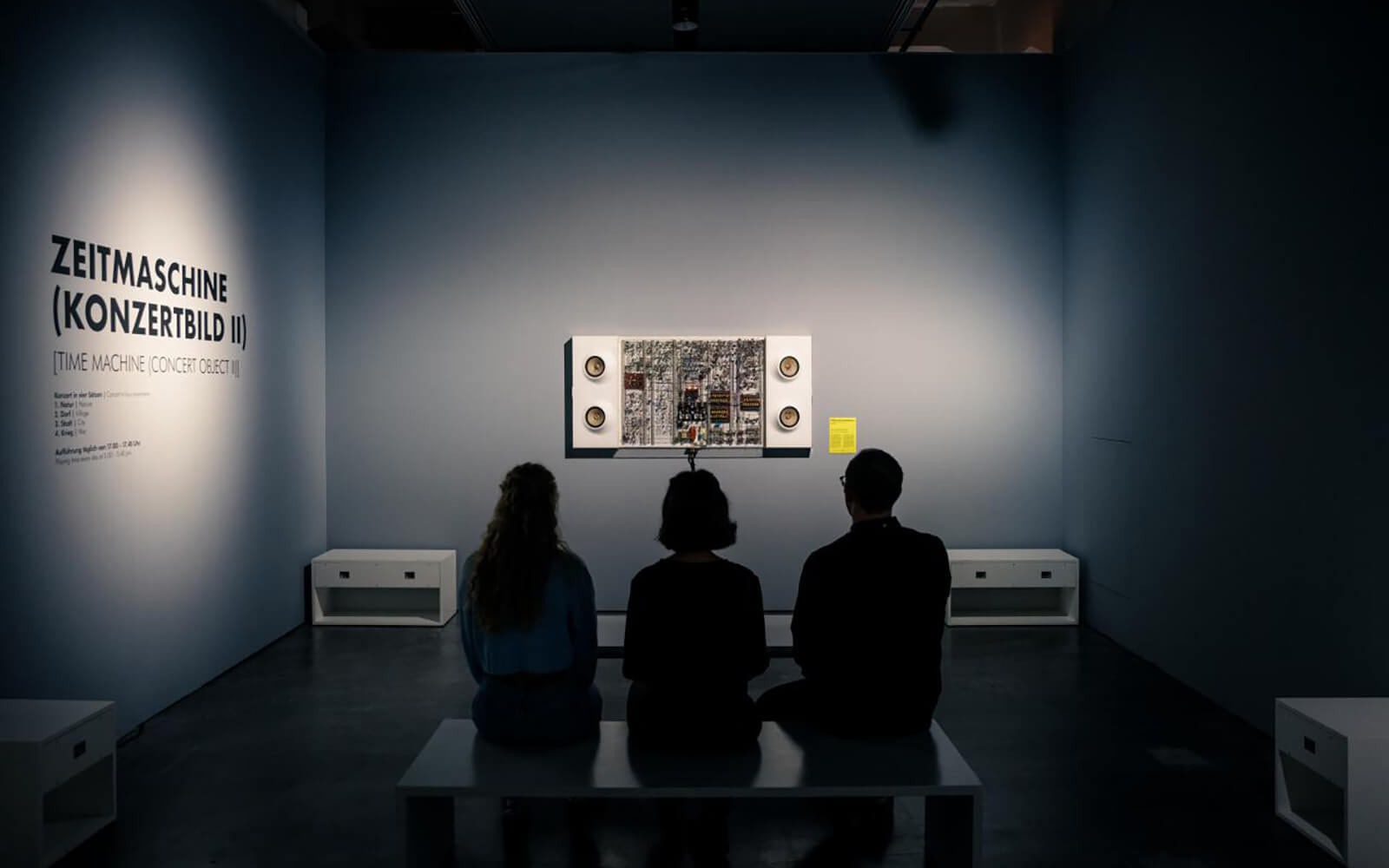
“Letters, Lights, Travels on the Street (Bokura ga tabi ni deru riyuu)” opens in NYC. A collaboration by New Art Dealers Alliance (aka NADA) and NowHere, the Jeffrey Ian Rosen-curated show presents “a dynamic cross-section” of Japanese (fine) artists including Ken Kagami, Motoyuki Daifu, and Maki Katayama. Of note: included is “psychedelic, boundary-exploring” (electronics-infused) film by the late Minoru Yoshida (image: Epicurism of Space Universe on the Rock, 1975).
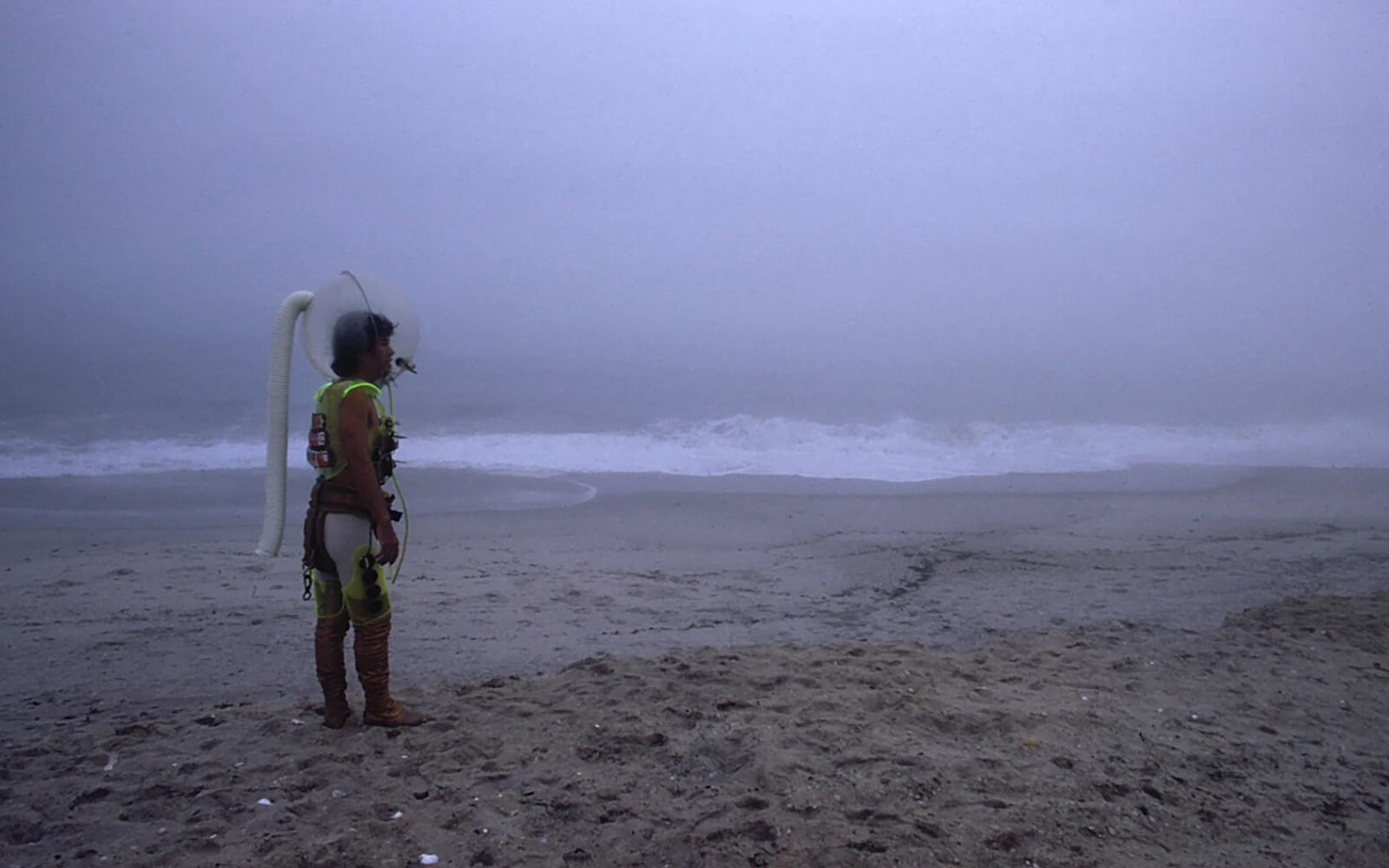
French interdisciplinary designer and researcher Coralie Gourguechon revisits her Wall Radio (2013) installation for Art-o-rama Marseille. Made from a single copper wire configured into a coil with nails, the rudimentary circuit acts as a powerless radio receiver that picks up AM frequencies visitors can tune into via a crystal earpiece. Gourguechon’s installation is modelled after makeshift foxhole radios that U.S. soldiers improvised during World War II.
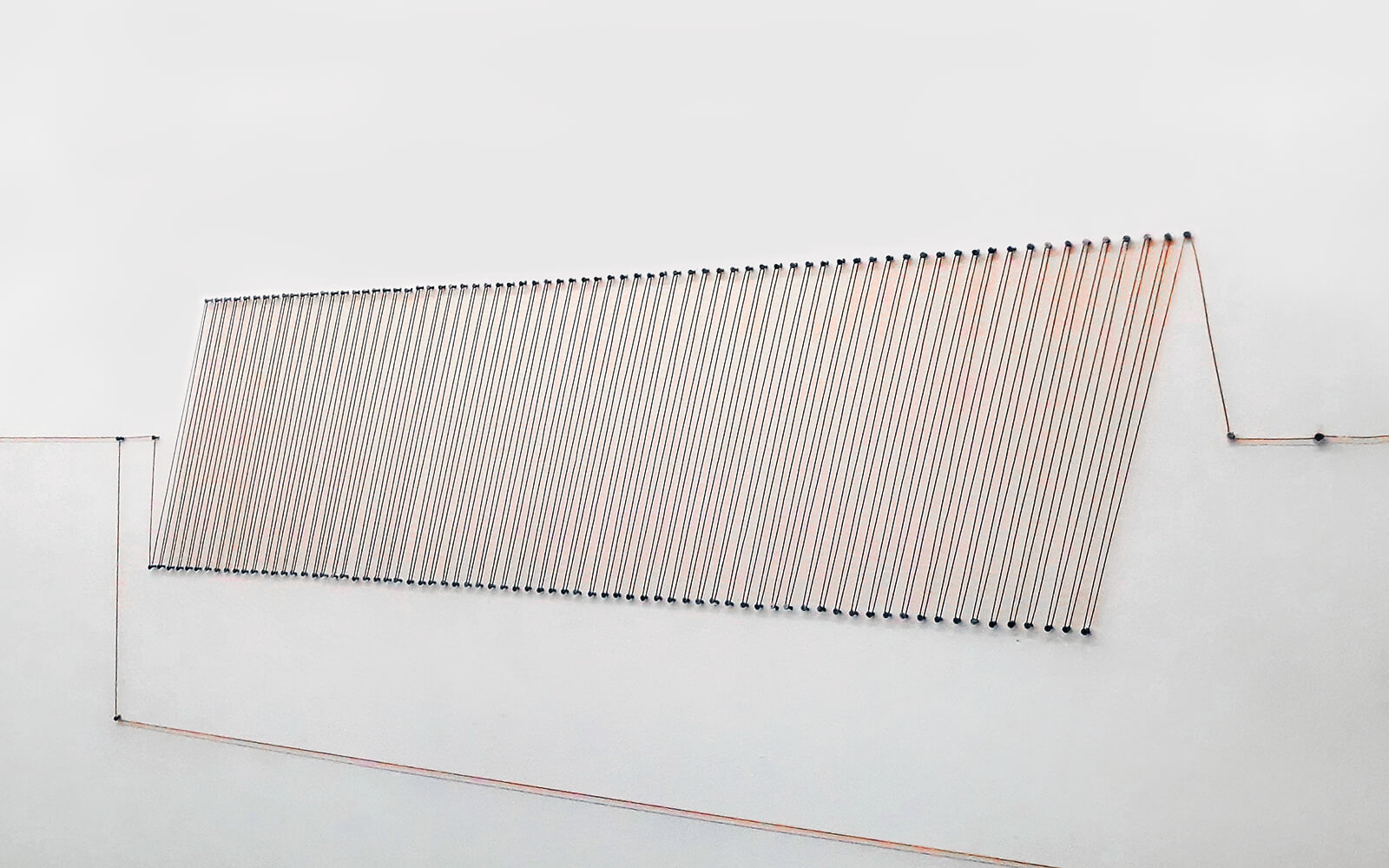
A collaboration between New Zealanders Simon Denny and Karamia Müller, “Creation Stories” opens across two Auckland galleries, Gus Fisher and Michael Lett. In their titular co-creations—a series of circuitboard-like murals—the two map how their family trees but also commerce, sovereignty, technology, and polity connect the Pacific to German-speaking Europe. Also in view: topical works by a dozen other artists including Sarah Friend, Ryan Kuo, and Stella Brennan.
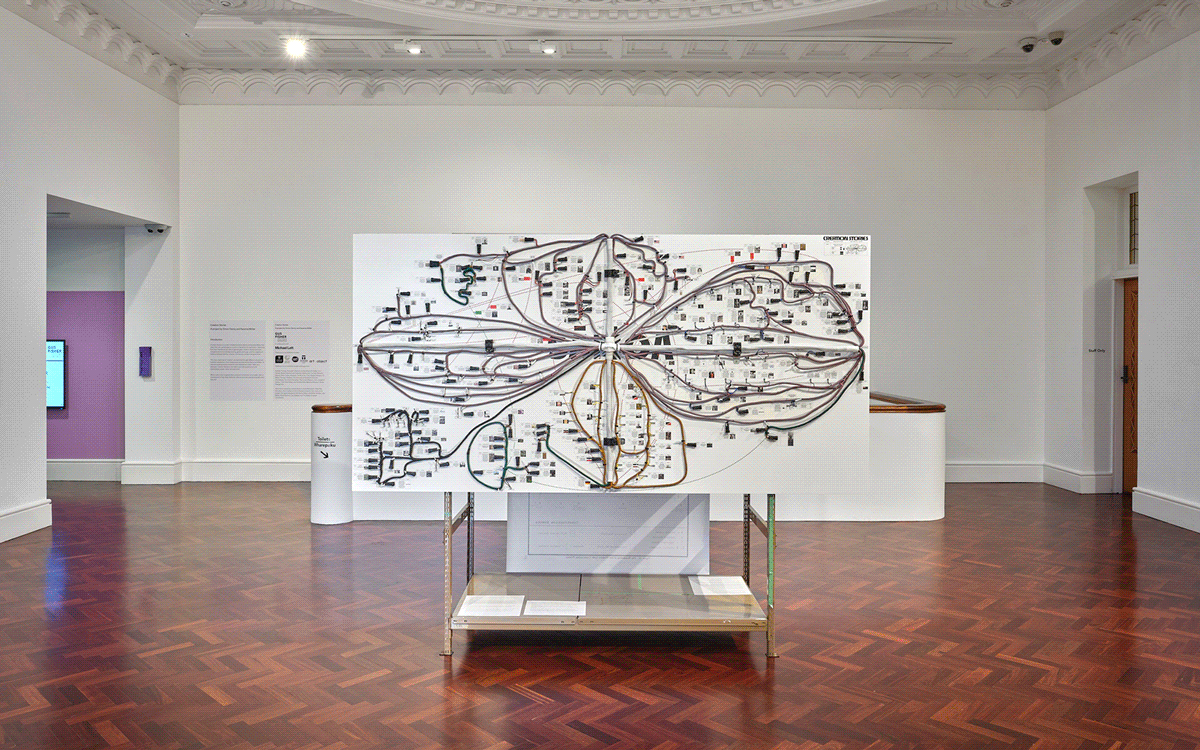
A project linking the ISM, MESS, the Moogseum and 50+ museums and cultural organizations, “Music, Makers & Machines” launches. The Google Arts and Culture online exhibition offers “a brief history of electronic music“ through an innovative archival interface; visitors can explore nightlife oral histories, inventor biographies, music technology timelines, and musician influence maps (image: Daphne Oram, of BBC Radiophonic Workshop fame) as a way to sidestep histories of genre, and blur the lines between music making and engineering.
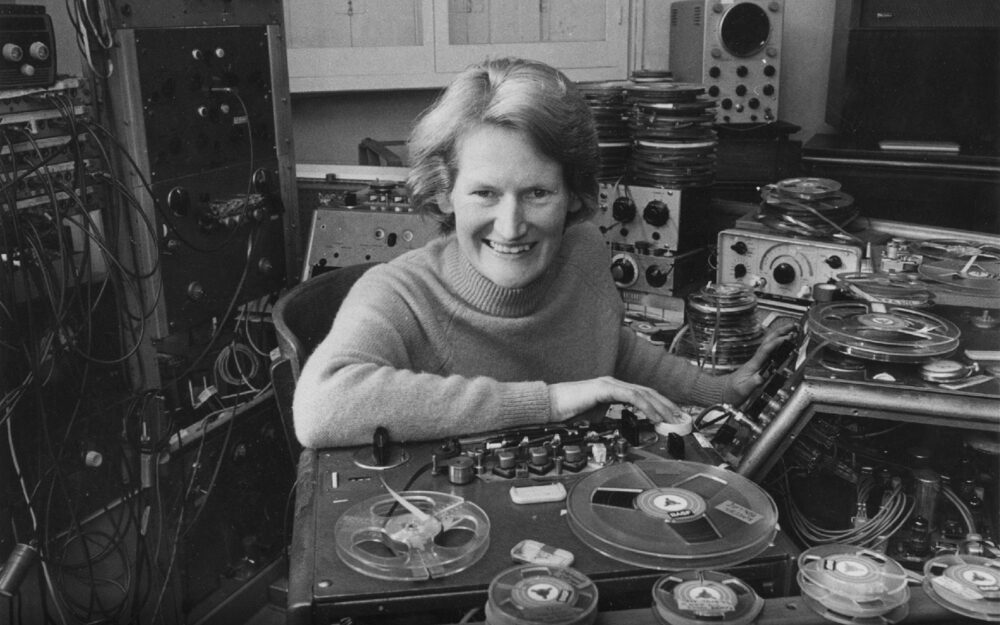
Ralf Baecker premieres A Natural History of Networks (SoftMachine), a performance streaming live from Berlin’s STATE Studio as part of CTM Festival. Inspired by the work of British cybernetician Gordon Pask, Baecker devised an electrochemical instrument—the SoftMachine—to modulate a liquid metal alloy inside an electrode-equipped petri dish. The emerging fractal patterns, controlled via algorithmic electrical signals, reveal what Baecker describes as an “alternative computational and technological material regime.”
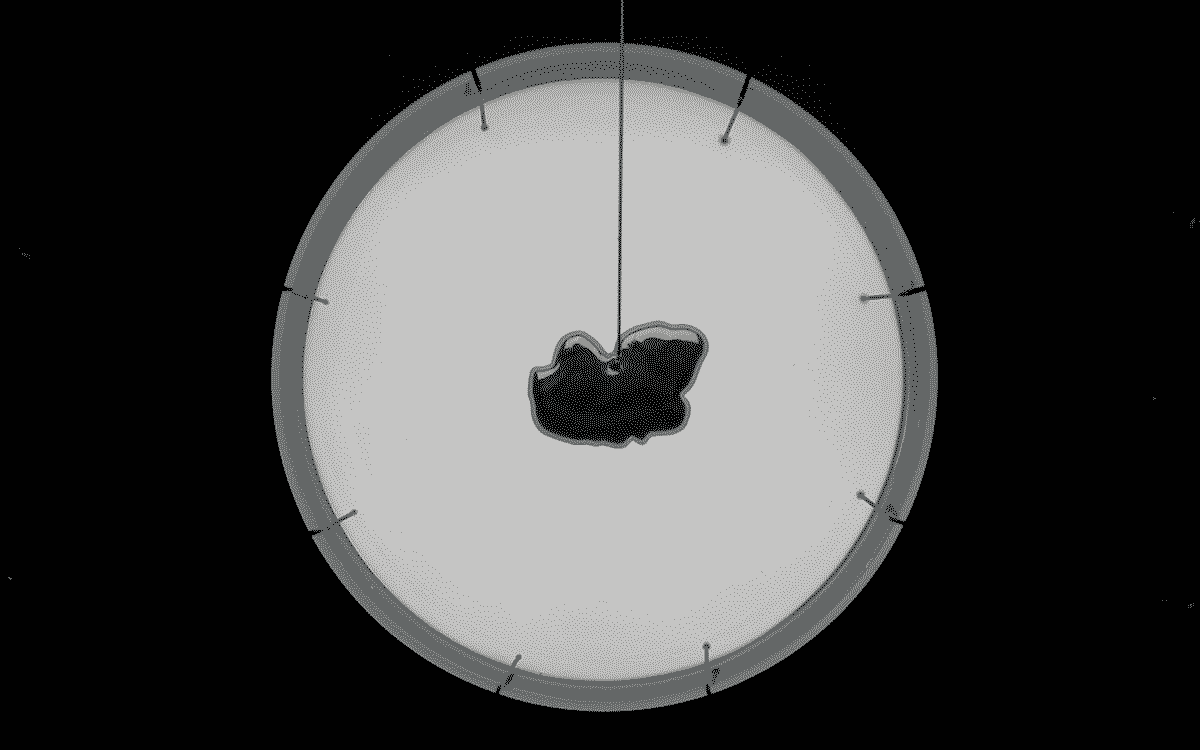
A commentary on the decreasing lifespan of consumer electronics, Benjamin Gaulon adds Internet Compression to his long-running series of tech artefacts entitled Tech Mining (2002–). The hand-sized brick, produced during France’s first lockdown, constitutes a beyond-repair wireless router the artist reverted into a state of “inert matter” by shredding. “The resource takes the front stage,” Gaulon writes on his website, “the design is abolished, the utility is gone, still, a plastic object is present in the form of ultimate waste.”
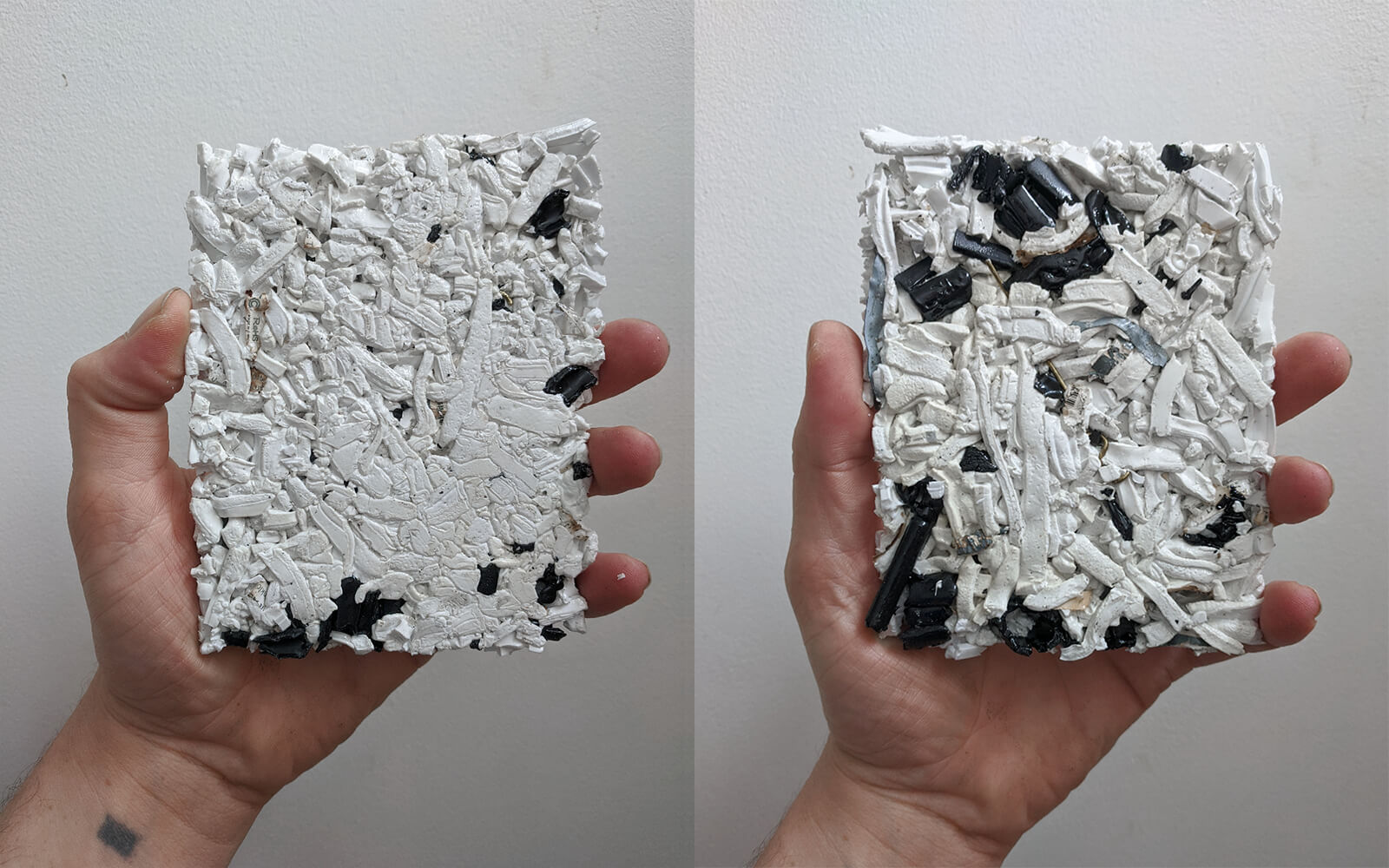
Daily discoveries at the nexus of art, science, technology, and culture: Get full access by becoming a HOLO Reader!
- Perspective: research, long-form analysis, and critical commentary
- Encounters: in-depth artist profiles and studio visits of pioneers and key innovators
- Stream: a timeline and news archive with 1,200+ entries and counting
- Edition: HOLO’s annual collector’s edition that captures the calendar year in print
